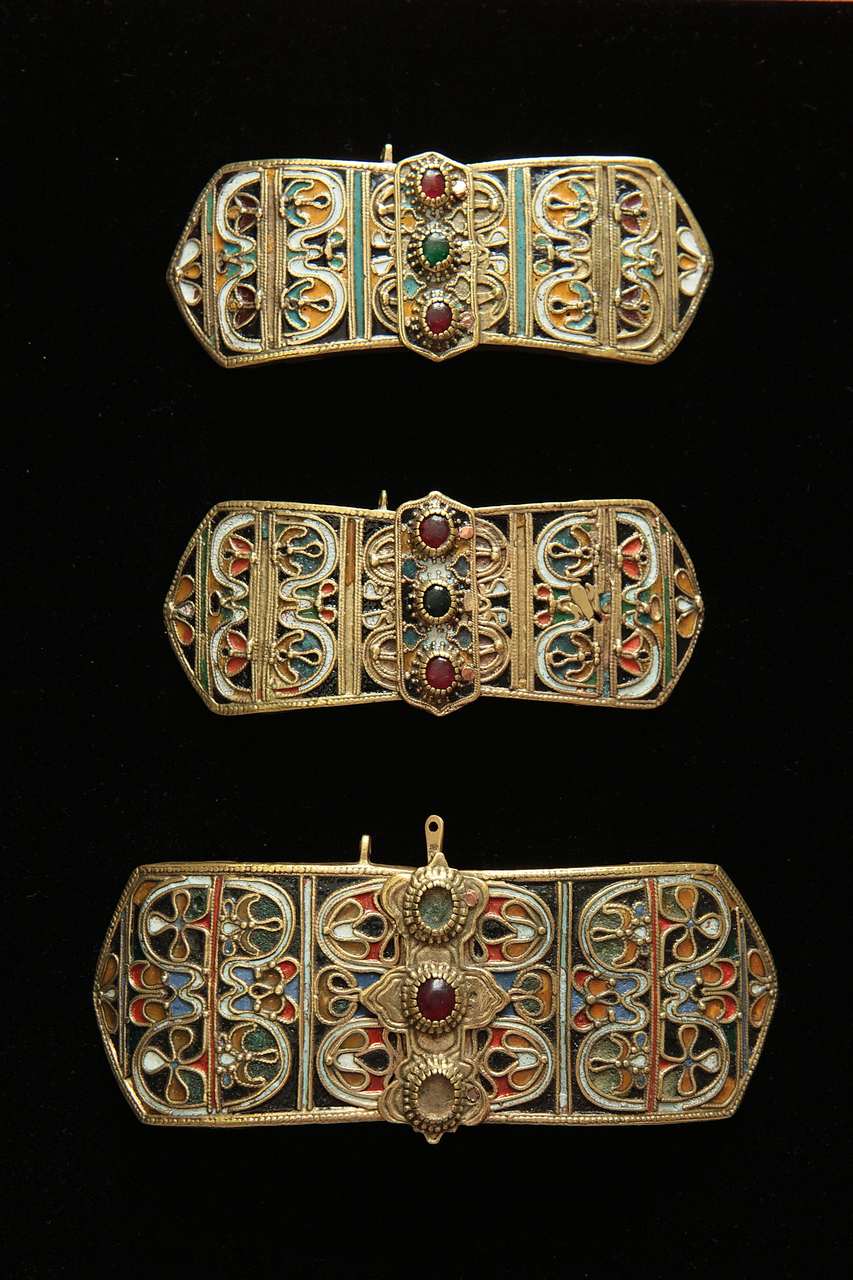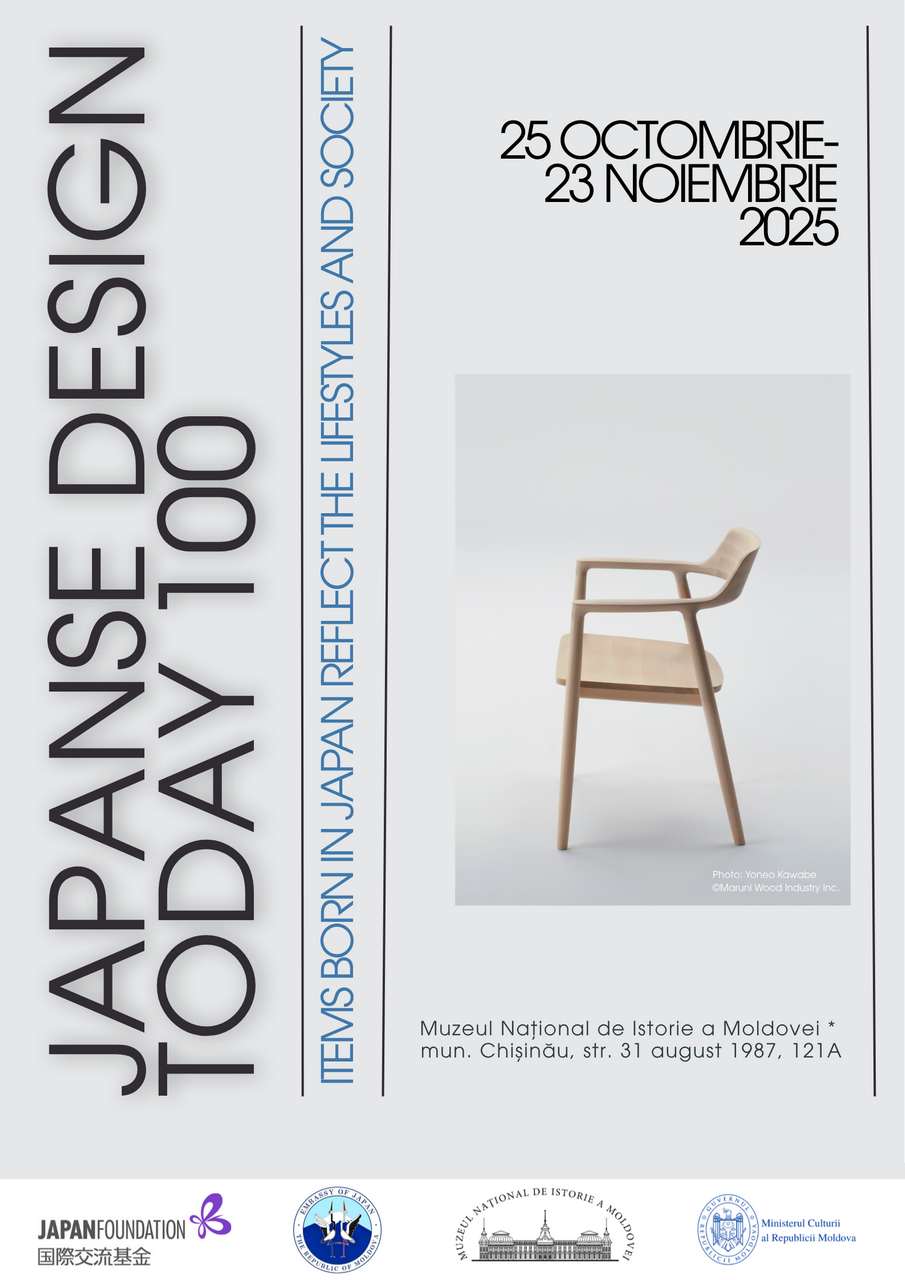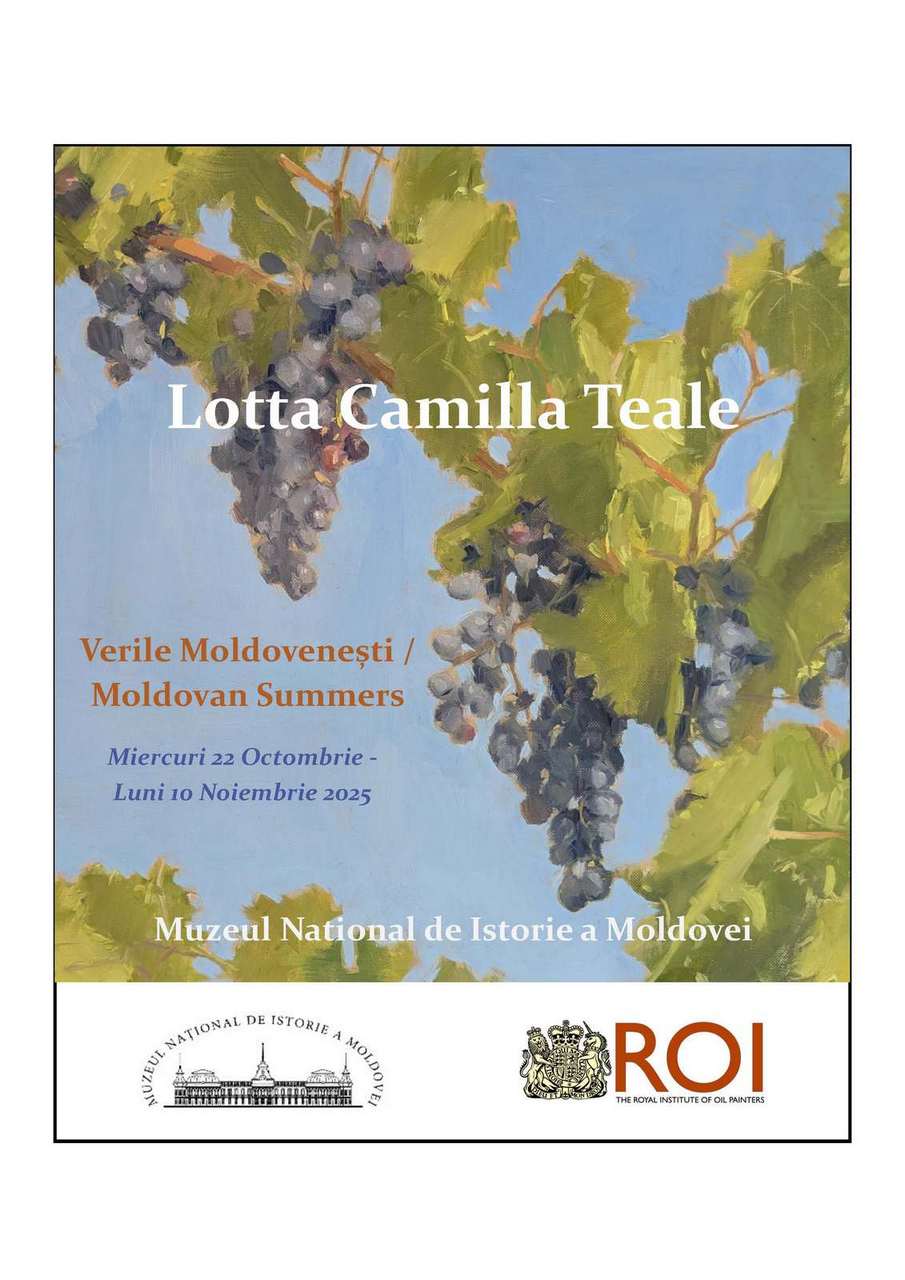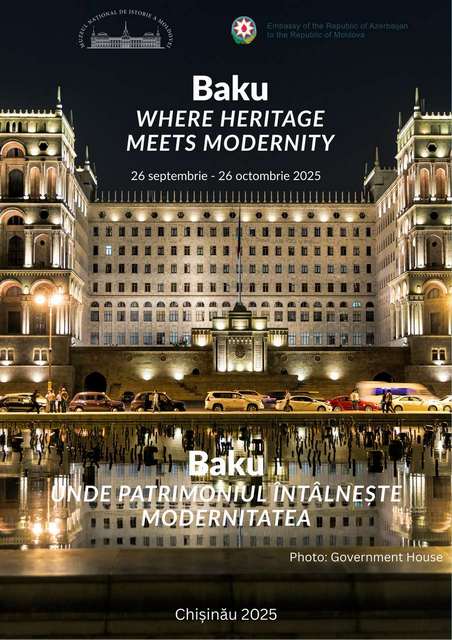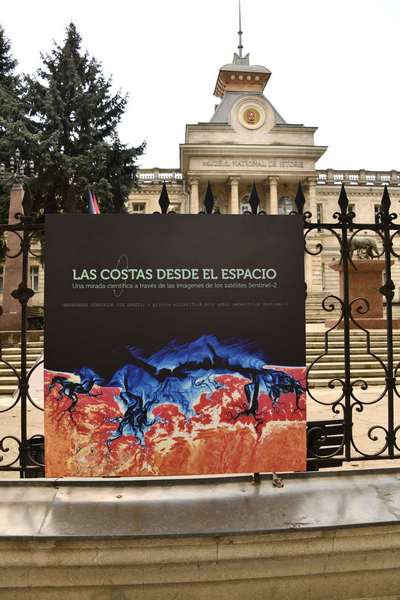The Bucharest Municipality Museum in partnership with the National Museum of History of Moldova presents the "Bucharest: a Novecento portrait", a photo exhibition to be on display in Chișinău at the National Museum of History of Moldova. The exhibition, which can be seen from May 2-31, 2019, presents a trip through Bucharest in the 20th century and shows the urban and architectural development of the city.
The way we want to live today, and our desire to have an ideal home, owes much to the 20th century, achievements or failed experiments that have taken place over the past 100 years. The present project aims to map the human geographies of the 20th century and the overlapping "maps" do not belong exclusively to the past, but rather to an ongoing present that attempts to define a possible forecast for a medium term.
The city is like a living organism. And it was born because we built it to resemble our lives, but also to change it in the end. The city was from the very beginning the social, cultural, economic and political instrument through which we have experienced throughout millennia ways of living, socializing, confrontation projections and transactions, all set to serve the desire for comfort in the day-to-day life. And this daily life has imposed during the historical stages the typology of requests that periodically modeled the offer. It is, in fact, a true food chain. We cannot say that we, from the present, have lost something, unlike our parents or grandparents 80 or 100 years ago. But we see images that differ, starting from clothing details on the street landscape. The difference is only given by the changes that have occurred in the sphere of spiritual characteristics. The inside is, in the end, the starting point for changing everything. Both in our lives and in everyday life.
People on the street are a barometer of urban civilization. What they represent by attitude, clothing, rigor, and especially what they consume every day or at certain age. But the city inhabitant has a home life differentiated from a professional and cultural calendar and always enriched and diversified by accumulation and multiplication. His story and Her story, from 1900 to 2000, from grandfather to grandnephew, does not have a consistent precedent in Romanian historiography. The history of living, the space of the house, the accessories of the domestic areas have their story. But there is also the axis of a horizontal time, that of repetitive ages with each generation: childhood, adolescence, maturity and old age. How the faces of these ages looked from 1900 to 2000 is an anthropological challenge and Bucharest can be an interesting case study for Romania's cultural history.
Cities are constantly moving. Bucharest is a city that lives in ambivalence. It also suffered a lot, but it always knew how to regain its peace and joy to live. Bucharest is the city of simultaneous different speeds; it is a city of different cultural spaces. All because Bucharest has always been an open, accessible, welcoming city with all those who were looking for a new homeland. Bucharest has been and continues to be the homeland of many people coming from various cultural areas. And the presence of these people, their desire to live differently from home, made Bucharest a cosmopolitan city.
This twentieth-century journey aims not only to show in detail the evolution of urban society, but rather to show some changes in behavior, way of life, concerns, and even type of habitation and inner surroundings.
We, of the present, with the way we want to live and the aspiration of everyone for the ideal home, are with all these landmarks, twentieth-century tributaries of successes or failed experiments that have taken place over the last one hundred years.
In the organizational team of the exhibition are included Dr. Adrian MAJURU - Manager, Dr. Dan PÎRVULESCU - Deputy director, Dr. Vasile OPRIŞ - Head of History section, Ana IACOB - museographer and Ştefan CSAMPAI - exhibition graphics (Bucharest Municipality Museum) and Dr. hab. Eugen SAVA - General director and PhD student Mariana VASILACHE-CUROȘU - Deputy director (National Museum of History of Moldova).




